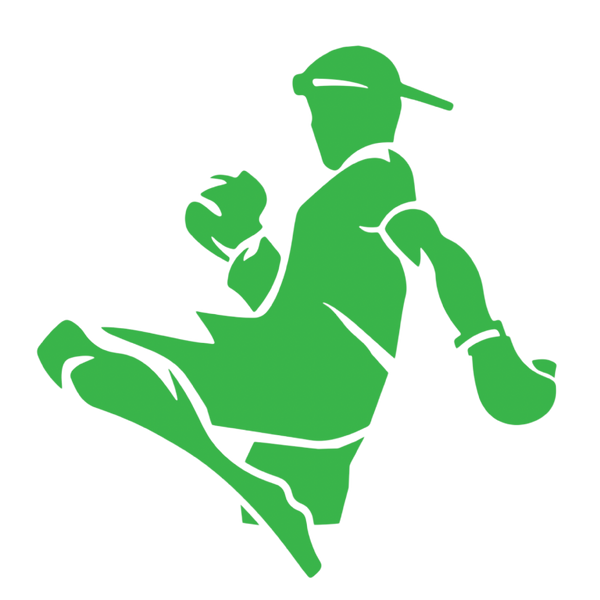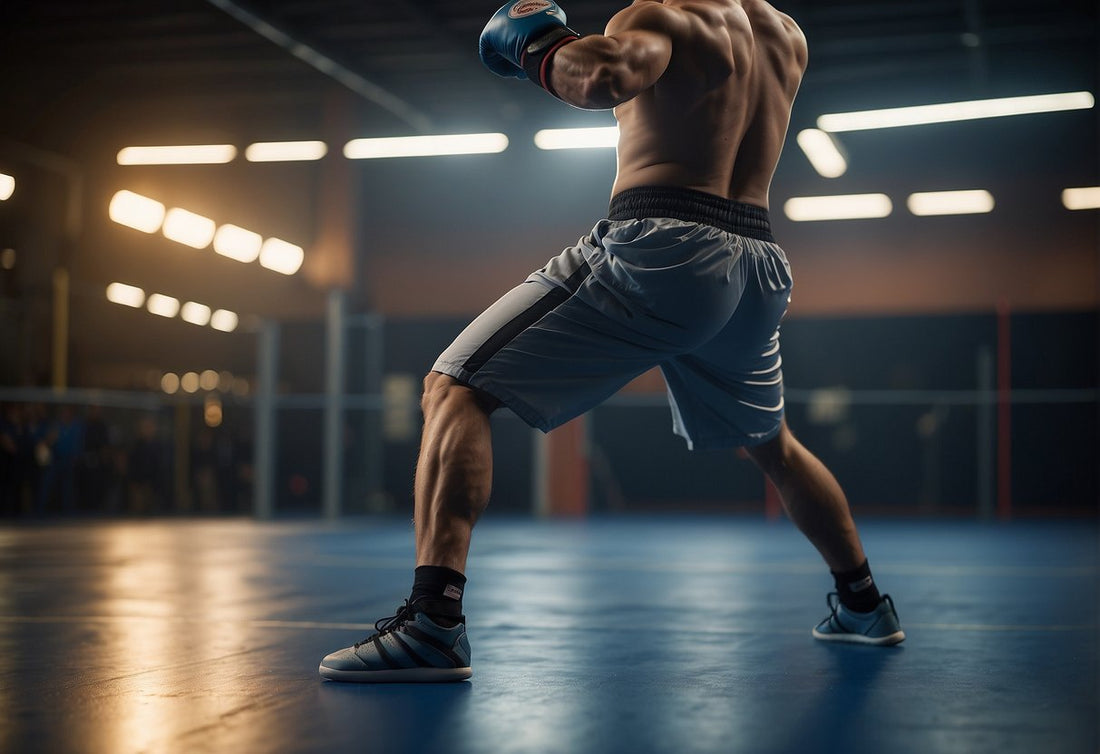
How to Check Leg Kicks Properly
Share
So, you're interested in learning how to check kicks in MMA? Well, you've come to the right place! Kicking is a fundamental part of MMA, and being able to defend against kicks is crucial if you want to succeed in the sport. Not only can checking kicks prevent you from getting hurt, but it can also give you an opportunity to counter-attack and gain the upper hand in a fight.
To check a kick, you need to have good balance and technique. You don't want to be off-balance when you're trying to block a kick, or you could end up on the ground. Instead, you need to stay light on your feet and be ready to move quickly. You also need to have good timing and be able to anticipate your opponent's movements. This takes practice and experience, but with the right training, you can become a master at checking kicks.
There are several different ways to check a kick, depending on the type of kick your opponent is throwing. You can block with your shin or knee, use your forearm or elbow, or even duck and move your head to avoid the kick altogether. Each technique has its own advantages and disadvantages, so it's important to learn them all and use them strategically in a fight. With the right balance, technique, and timing, you can become a kick-checking machine and dominate your opponents in the octagon.
The Art of Balance and Stance
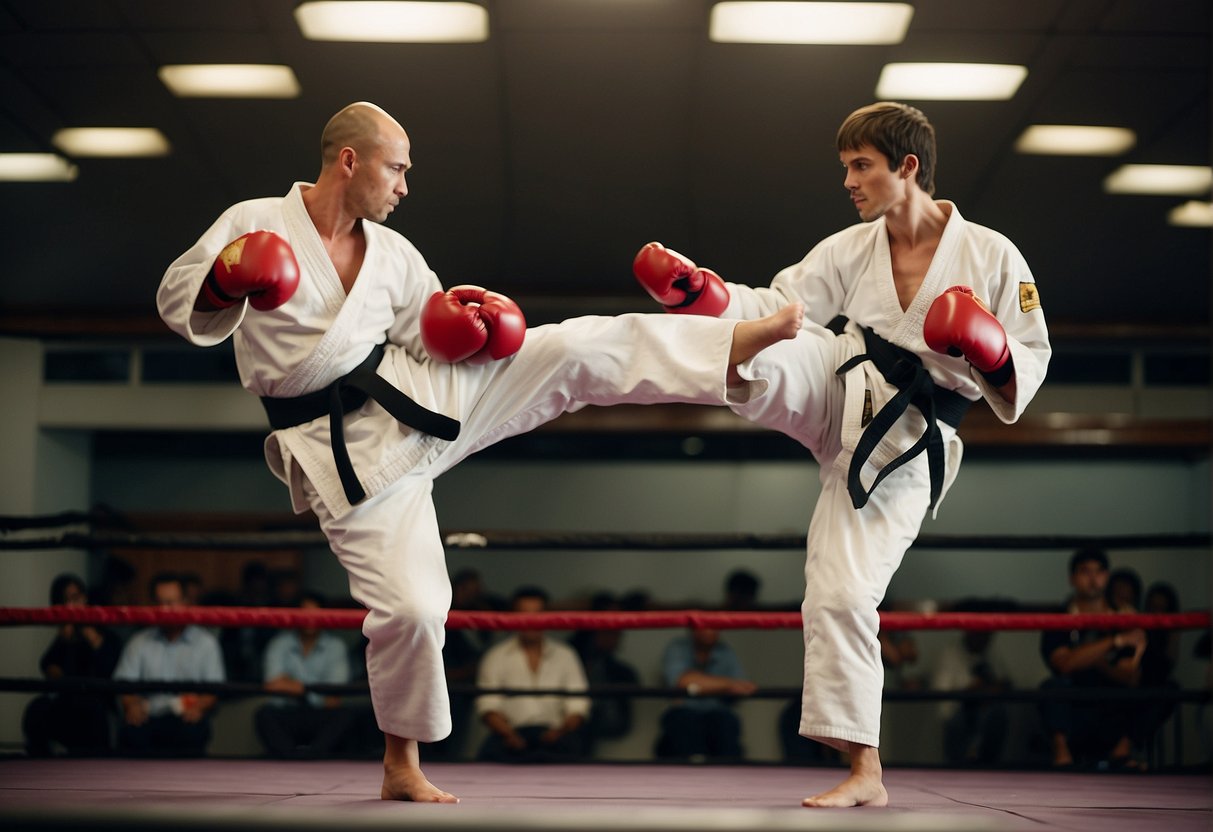
When it comes to checking kicks in MMA, the art of balance and stance is crucial. Without proper balance and a solid stance, you'll find yourself stumbling around the octagon like a newborn deer on ice.
Finding Your Footing
First things first, finding your footing is key. Your feet should be shoulder-width apart, with your weight evenly distributed between them. You want to be balanced, but not so rigid that you can't move around the octagon with ease.
It's important to keep slightly more weight on your back foot so that your front leg can be lifted more easily. This will allow you to lift your leg and check a kick quickly and efficiently.
Stance Variations: Orthodox vs Southpaw
There are two main stances in MMA: orthodox and southpaw. Orthodox fighters stand with their left foot forward and their right foot back, while southpaw fighters stand with their right foot forward and their left foot back.
Regardless of which stance you choose, it's important to maintain a balanced and stable position. Your feet should be planted firmly on the ground, with your knees slightly bent and your hips facing forward.
In addition to maintaining a solid stance, footwork is also important. You want to be able to move around the octagon with ease, while still maintaining your balance and positioning.
By mastering the art of balance and stance, you'll be able to effectively check kicks in MMA and avoid getting your leg destroyed. So, keep your feet planted, your weight balanced, and your mobility on point, and you'll be a force to be reckoned with in the octagon.
Anatomy of a Kick: Know Your Weapons
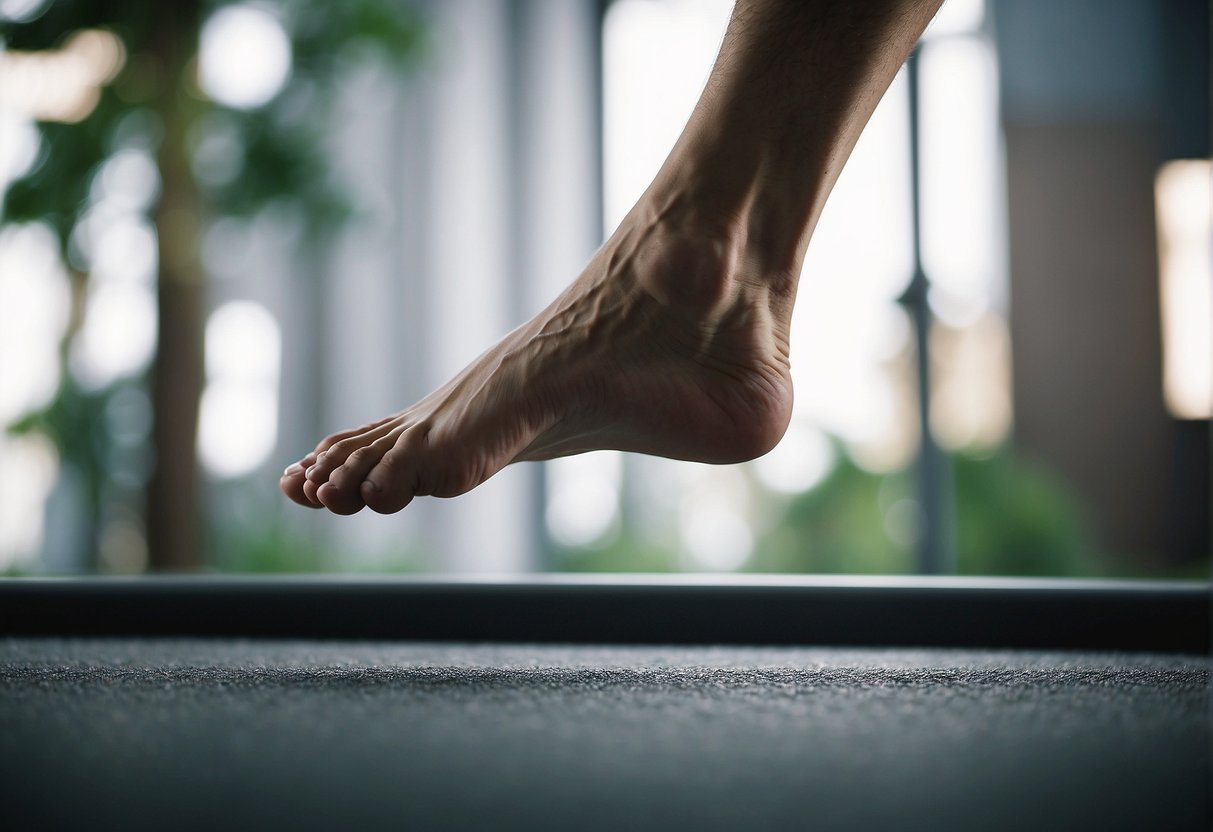
Leg Kicks and Their Cousins
Low kicks, leg kicks, calf kicks, whatever you want to call them, they're all pretty much the same thing. These kicks target the lower part of your opponent's leg, usually aiming for the calf or shin. They can be incredibly effective at slowing down your opponent and taking away their mobility.
The roundhouse kick is another popular kick in MMA that targets the leg. It's a bit more versatile than the low kick, as it can be aimed at different parts of the leg depending on your opponent's stance. The roundhouse kick can be thrown with the lead leg or the rear leg, and can target the calf, thigh, or even the hip.
High Kicks: Not Just for Show
High kicks might look flashy, but they can be devastating if they land. The most common high kicks in MMA are the head kick and the body kick. Head kicks are pretty self-explanatory - they're aimed at your opponent's head. Body kicks, on the other hand, can target the ribs, liver, or even the solar plexus.
When it comes to checking high kicks, you'll need to use a different technique than you would for low kicks. Instead of using your shin to block the kick, you'll want to use your knee. This will help you absorb the impact of the kick without taking too much damage.
The Teep: Pushing Boundaries
The teep, also known as the front kick, is a versatile kick that can be used for both offense and defense. It's often used to keep your opponent at bay and prevent them from closing the distance. The teep can also be aimed at your opponent's body, which can be a great way to set up other strikes.
When it comes to checking the teep, you'll want to use a similar technique to what you would use for low kicks. You'll want to use the upper part of your shin to block the kick, aiming for your opponent's foot or the lower part of their shin.
Now that you know the different types of kicks you might encounter in MMA, you're ready to start practicing your checking technique. Remember, the key is to stay relaxed and focused, and to use your body to absorb the impact of the kick. With a bit of practice, you'll be able to neutralize your opponent's kicks and gain the upper hand in the fight.
Defensive Maneuvers: Checking and Blocking
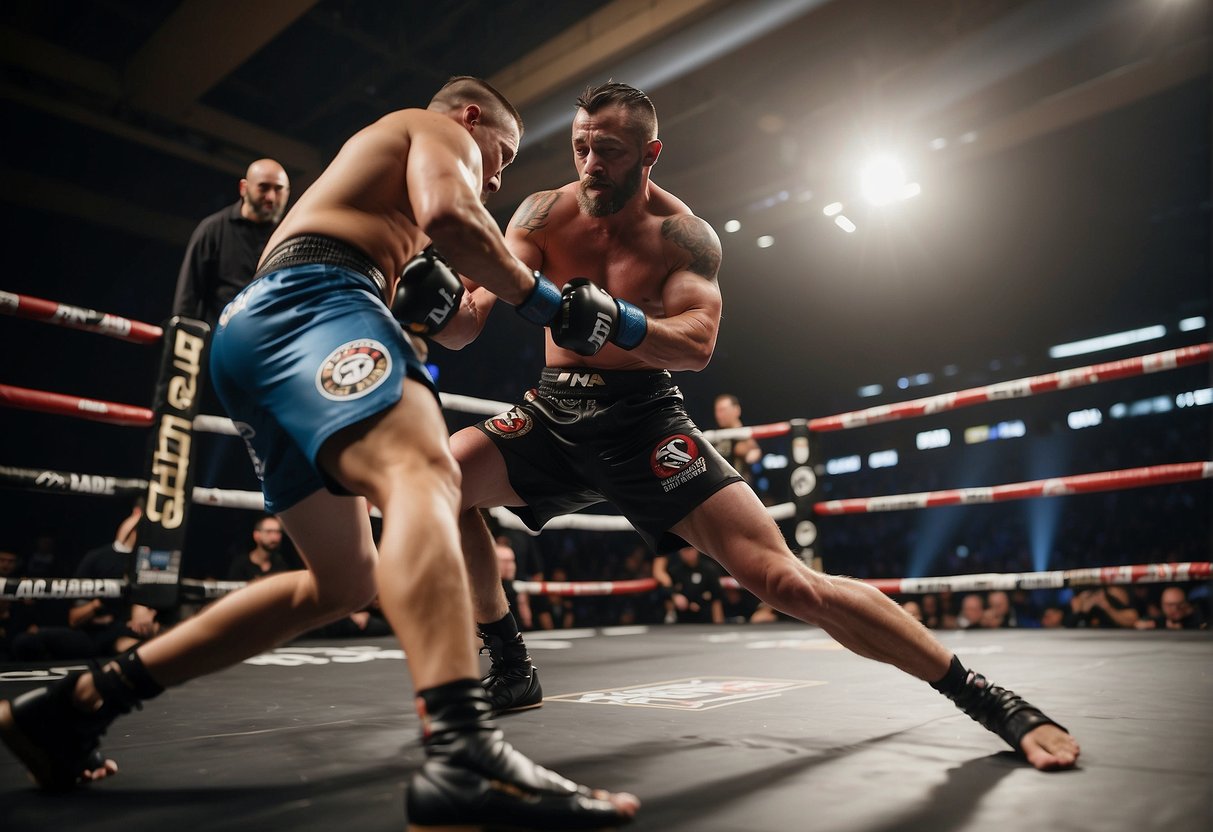
Mastering the Check
When it comes to defending against kicks in MMA, mastering the check is essential. A checked kick is a defensive blocking technique that uses the uppermost dense part of the tibia against the opponent's lower, thinner part of the tibia or the foot. This technique aims to block and neutralize the impact of a leg kick. To master the check, you need to practice your timing and positioning. You want to make sure that you check the kick at the right time and with the right part of your leg.
The Fine Art of Blocking
Blocking is another essential defensive maneuver in MMA. Blocking involves using your arms to protect your head and body from strikes. When it comes to blocking kicks, you want to use your arms to shield your body and legs from the impact of the kick. You can also use your legs to block kicks, but this technique requires a lot of skill and timing. If you're not confident in your ability to block kicks with your legs, it's best to stick to using your arms.
Counterattacks: When Defence Meets Offence
Defence is important, but it's not everything. In MMA, defence and offence go hand in hand. When you're defending against a kick, you want to be ready to counterattack. A counterattack is an offensive move that you make in response to your opponent's attack. When it comes to counterattacking kicks, you have a few options. You can use your own kicks to counter, or you can use punches, elbows, or knees. The key is to be ready to strike as soon as you've successfully defended against the kick.
Remember, mastering the check and the fine art of blocking takes time and practice. Don't get discouraged if you don't get it right away. Keep working on your technique, and you'll soon be able to defend against kicks like a pro. And when it comes to counterattacks, well, that's when the real fun begins. So get out there, practice your defensive maneuvers, and get ready to unleash your inner counterattacking beast!
Conditioning: No Pain, No Gain
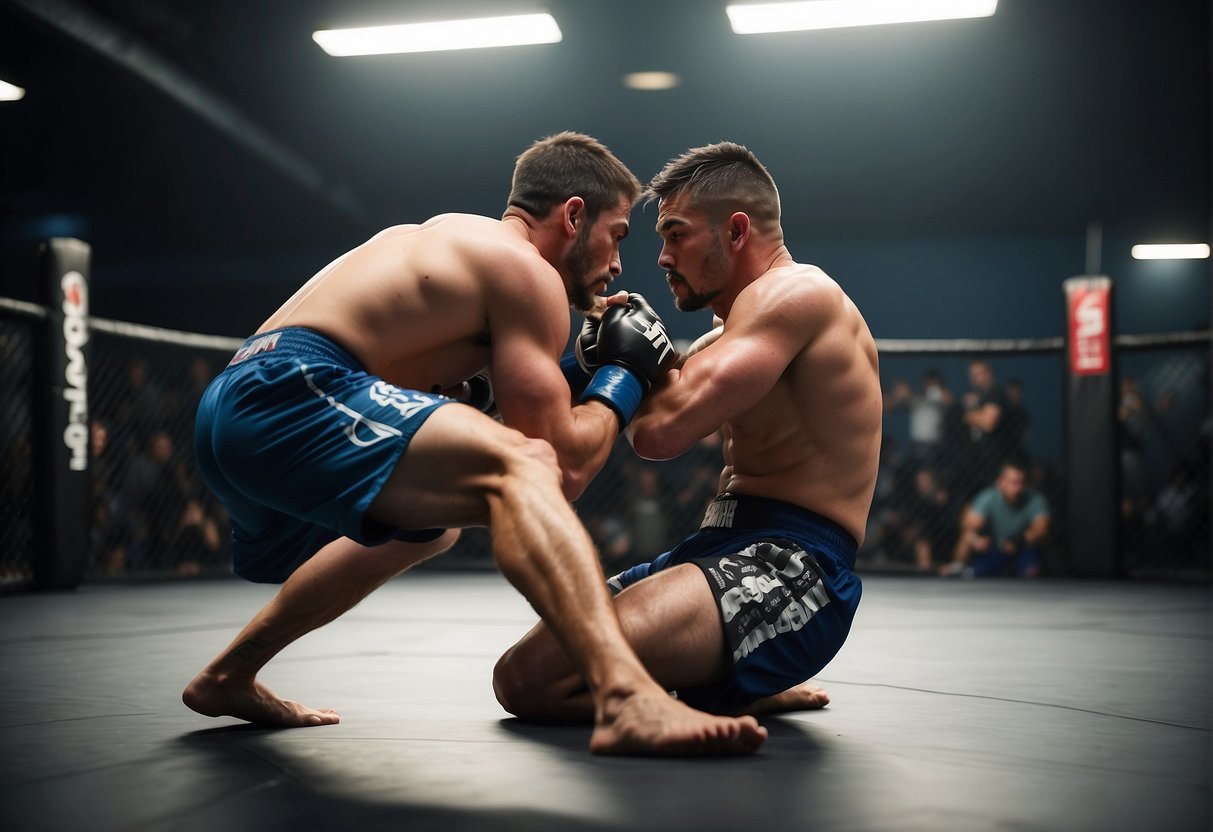
If you want to learn how to check kicks in MMA, you need to be prepared to take some hits. The good news is that with proper conditioning, you can toughen up your shins and calves to minimize the pain and damage caused by kicks.
Shin Conditioning: Hard as Nails
To check a kick with your shin, you need to make sure it's hard enough to withstand the force of impact. This means you need to condition it by repeatedly striking it against hard surfaces.
One way to do this is to kick a heavy bag or a padded wall with the front of your shin. Start with light kicks and gradually increase the power and frequency as your shin gets stronger. You can also use a rolling pin or a piece of PVC pipe to roll over your shin to break down the tissue and promote bone growth.
But be warned, shin conditioning is not for the faint-hearted. It will hurt, and you may even develop bruises or micro-fractures. But with persistence and patience, you'll end up with shins that are hard as nails.
Calf Muscle Toughening: Not Just for Calves
To check a kick with your calf muscle, you need to make sure it's strong enough to absorb the impact. This means you need to toughen it up by doing exercises that target the calf muscles.
One way to do this is to do calf raises, either with weights or on a step. Start with light weights or a low step and gradually increase the weight or height as your calf muscles get stronger. You can also do jumping exercises, such as jump squats or box jumps, to increase the explosive power of your calf muscles.
But don't forget that the calf muscle is not the only muscle involved in checking a kick. You also need to strengthen your core, glutes, and quads to generate the force needed to block the kick. So make sure you include exercises that target these muscles as well.
Remember, conditioning takes time and effort. There are no shortcuts or magic pills. But if you're willing to put in the work, you'll be rewarded with a body that can withstand the toughest kicks in MMA.
Common Pitfalls and How to Avoid Them
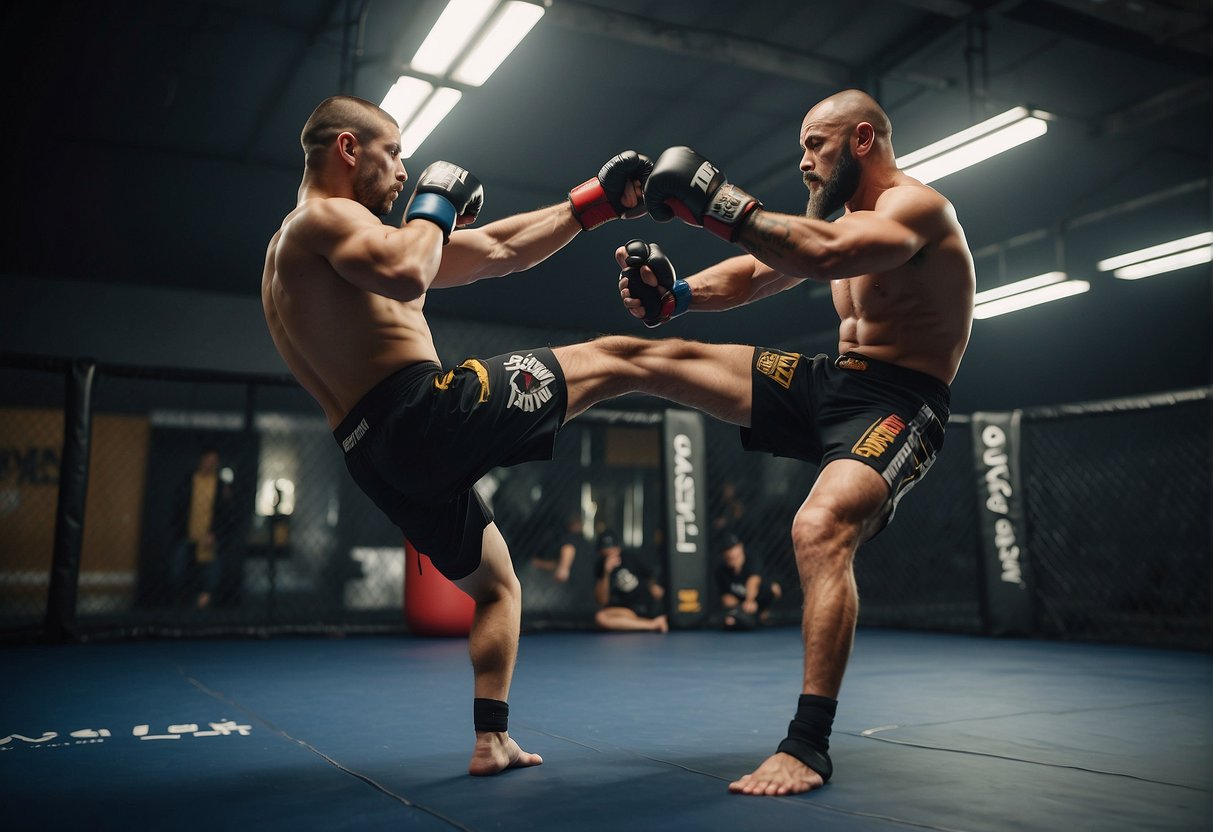
Timing Troubles
Timing is everything in MMA, and checking kicks is no exception. One of the most common pitfalls is mistiming your check, which can result in a painful kick to your leg or even a takedown. To avoid this, you need to practice your timing and get a feel for your opponent's rhythm. Don't be afraid to mix up your timing to keep your opponent guessing, but make sure you're not telegraphing your checks.
Distance Dilemmas
Another common pitfall when checking kicks is getting the distance wrong. If you're too close, you risk getting kicked in the leg or taken down, while being too far away can make it difficult to check the kick effectively. Finding the right distance takes practice, but a good rule of thumb is to stay just out of range of your opponent's kick and step in to check it when it comes.
The Perils of Poor Posture
Poor posture can be a killer when it comes to checking kicks. If you're standing too upright, you won't be able to get your leg up high enough to check the kick effectively. On the other hand, if you're leaning too far forward, you risk getting taken down. Make sure you're standing with a slight forward lean and your knees slightly bent, which will give you the flexibility and stability you need to check kicks with ease.
Remember, checking kicks is all about precision and control. Don't rush it, and don't panic if you get hit. Stay focused, stay relaxed, and keep your eyes on the prize. With practice and patience, you'll soon be checking kicks like a pro.
